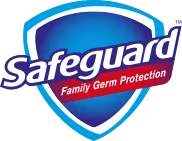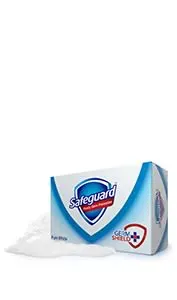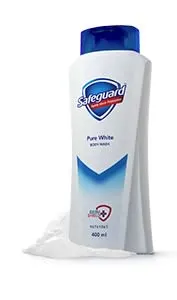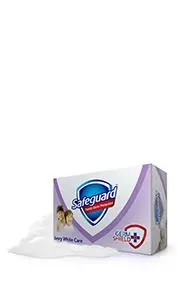- Home/
- Health Education/
- ILLNESS PREVENTION/
Germ Protection Checklist Natural Disasters
Germ Protection Checklist: Natural Disasters
SHARE
After a natural disaster, particularly when flooding occurs, there is an increased risk of illness being spread by harmful germs. The following steps can help protect your family against harmful germs in these types of situations. If you don't have access to the resources you need to protect against disease-causing germs, try connecting with local organizations and agencies that may be available to help.
Your most important priority: get clean water.
During flooding, water can easily becoming contaminated with sewage and disease-causing germs. It can even affect the tap water. Find a way to boil or disinfect your water before using it for drinking, preparing food, bathing, and even for cleaning your home.
Wash your hands frequently throughout the day.
Hand washing is always important when it comes to preventing the spread of harmful germs, but it is more critical after a natural disaster. Make sure to use proper hand-washing technique, and to wash your hands at the following times:
- Before, during, and after preparing food
- Before eating food
- After using the toilet
- After changing diapers or cleaning up a child who has used the toilet
- Before and after caring for someone who is sick
- After blowing your nose, coughing, or sneezing
- After touching an animal or animal waste
- After touching garbage
- Before and after treating a cut or wound1
Take special precautions when caring for minor wounds.
If you or someone you care for undergoes minor trauma during a natural disaster, here are a few steps to keep in mind to help prevent against infection from germs:
- Wash your hands thoroughly with soap and clean water.
- Avoid touching the wound with your fingers while treating it (if available, use disposable, latex gloves).
- Remove obstructive jewelry and clothing from the injured body part.
- Apply direct pressure with a sterile gauze or clean shirt to any bleeding wound to control bleeding.
- Clean the wound after bleeding has stopped.
- Examine wounds for dirt and foreign objects.
- Gently flood the wound with bottled water, clean running water, or sterilized water (if available, saline solution is preferred).
- Gently clean around the wound with soap and clean water.
- Pat dry and apply an adhesive bandage or dry clean cloth.
- Leave unclean wounds, bites, and punctures open. Wounds that are not cleaned correctly can trap bacteria and result in infection.2
Be extra careful during food preparation.
Food borne illness risks can increase after a natural disaster. Take steps to ensure your food and cooking utensils are clean and disinfected before use. Also, try to keep food properly refrigerated. Most bacteria grow more quickly in warm, moist environments.
Prepare in advance.
Creating an emergency supply kit before a natural disaster hits can be a life-saving resource for your family. Here are items you should include in an emergency supply kit.
- Water-the average person needs about a gallon of water per day
- Food-nonperishable, easy-to-prepare items
- Flashlight
- Battery powered or hand crank radio (NOAA Weather Radio, if possible)
- Extra batteries
- First aid kit
- Medications (7-day supply), other medical supplies, and medical paperwork (e.g., medication list and pertinent medical information)
- Multipurpose tool (e.g., Swiss army knife)
- Sanitation and personal hygiene items
- Copies of personal documents (e.g., proof of address, deed/lease to home, passports, birth certificates, and insurance policies)
- Cell phone with chargers
- Family and emergency contact information
- Emergency blanket
- Map(s) of the area
- Extra set of car keys and house keys
- Manual can opener
- Special need items, such as medications, baby supplies, games for your children, or pet supplies.3



